Twist and turn navigating scoliosis journey

What is Scoliosis?
Scoliosis is a medical condition characterized by an abnormal curvature of the spine, often taking the shape of an “S” or “C” when viewed from the back. While mild cases may go unnoticed, more severe curvatures can lead to discomfort, reduced mobility, and complications affecting the lungs and heart. Scoliosis can occur at any age but is most commonly diagnosed in children and adolescents during growth spurts. Causes vary, ranging from congenital defects and neuromuscular conditions to unknown origins, termed idiopathic scoliosis. Early detection is crucial for effective management, whether through observation, bracing, physical therapy, or, in severe cases, surgical intervention. With proper care, individuals with scoliosis can lead active, fulfilling lives.
Understanding Scoliosis: Causes, Symptoms, and Management
Scoliosis is a complex medical condition characterized by an abnormal curvature of the spine. Instead of the spine appearing straight when viewed from behind, it may curve into an “S” or “C” shape. This condition can affect people of all ages but is most commonly diagnosed in children and adolescents, especially during rapid growth phases. Scoliosis can vary in severity, from mild cases that require minimal intervention to severe curvatures that significantly impact a person’s quality of life. Understanding its causes, symptoms, and treatment options is crucial for early intervention and effective management.
Causes of Scoliosis
The causes of scoliosis are diverse and often depend on the type of scoliosis. Idiopathic scoliosis, the most common type, has no known cause but is believed to involve genetic and environmental factors. Congenital scoliosis occurs when the spine fails to form properly before birth, leading to structural abnormalities. Neuromuscular scoliosis is associated with conditions like cerebral palsy or muscular dystrophy, where the muscles supporting the spine are weakened. Degenerative scoliosis, more common in adults, results from the wear and tear of spinal discs and joints due to aging.
While scoliosis is not always preventable, identifying risk factors like family history, rapid growth during adolescence, or underlying neuromuscular conditions can aid in early detection and management.
Symptoms of Scoliosis
The symptoms of scoliosis can vary widely depending on the degree of curvature and the individual’s age. Common signs include:
- Uneven Shoulders: One shoulder may appear higher than the other.
- Prominent Shoulder Blade: One shoulder blade may protrude more than the other.
- Asymmetrical Waist: Uneven waistlines or hips.
- Back Pain: This is more common in adults with scoliosis.
- Difficulty Breathing: Severe cases can compress the lungs and reduce respiratory capacity.
In children and adolescents, scoliosis is often painless, which makes routine screenings essential. Parents and caregivers should watch for visible signs, especially during growth spurts.
Diagnosing Scoliosis
Diagnosing scoliosis involves a combination of physical exams and imaging tests. During a physical exam, a doctor may use the “forward bend test” to assess the curvature of the spine. Imaging techniques such as X-rays, MRI, or CT scans provide a detailed view of the spine’s structure and help determine the severity of the curve. The Cobb angle, measured from X-rays, is commonly used to classify the degree of scoliosis.
Treatment Options
The treatment for scoliosis depends on the curvature’s severity, the patient’s age, and overall health. For mild cases, observation and regular check-ups are often sufficient to monitor the condition. Non-surgical options include:
- Bracing: In children and adolescents, wearing a brace can prevent the progression of the curve during growth.
- Physical Therapy: Exercises tailored to strengthen the back and core muscles can improve posture and alleviate discomfort.
In severe cases where the curve exceeds 40-50 degrees or causes significant symptoms, surgery may be recommended. Spinal fusion is the most common surgical procedure for scoliosis, where vertebrae are fused to correct and stabilize the curve. Advances in surgical techniques have improved outcomes, reducing recovery time and risks.
Living with Scoliosis
For many individuals, scoliosis is a manageable condition. Regular physical activity, such as yoga, Pilates, or swimming, can help maintain spinal flexibility and reduce pain. Support groups and counseling can provide emotional support, especially for children and teenagers who may feel self-conscious about their appearance.
Conclusion
Scoliosis, while challenging, is not a life sentence. With early detection and proper management, most individuals can lead active, fulfilling lives. Raising awareness about the condition, encouraging regular health check-ups, and seeking timely medical advice can make a significant difference in the outcomes for those affected by scoliosis.
Categories
Latest Posts
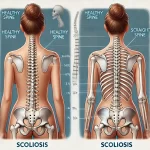
Twist and turn navigating scoliosis journey
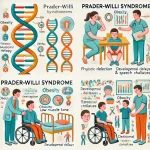
Understanding Prader-Willi Syndrome: A Comprehensive Guide



Diet and nutrition after liver transplant
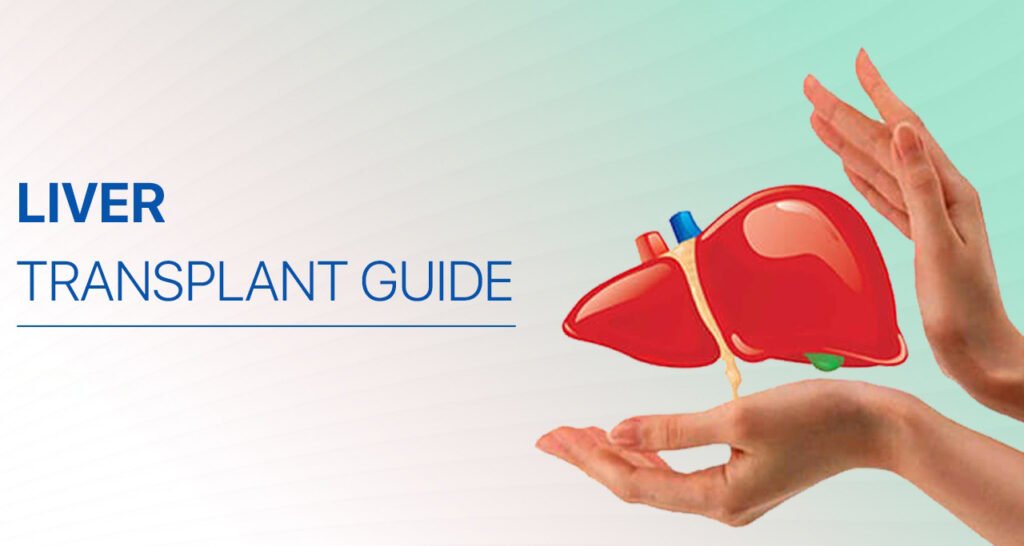
Exercise after liver transplant: Tips and guidelines
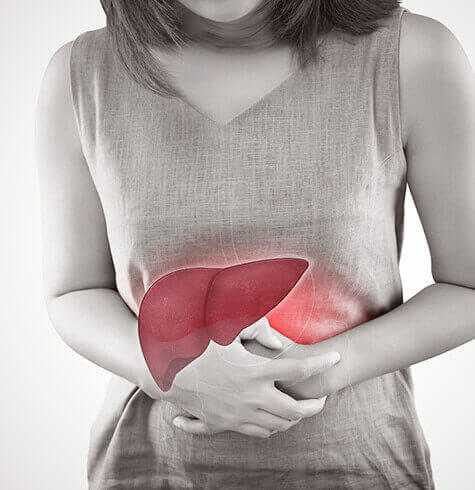
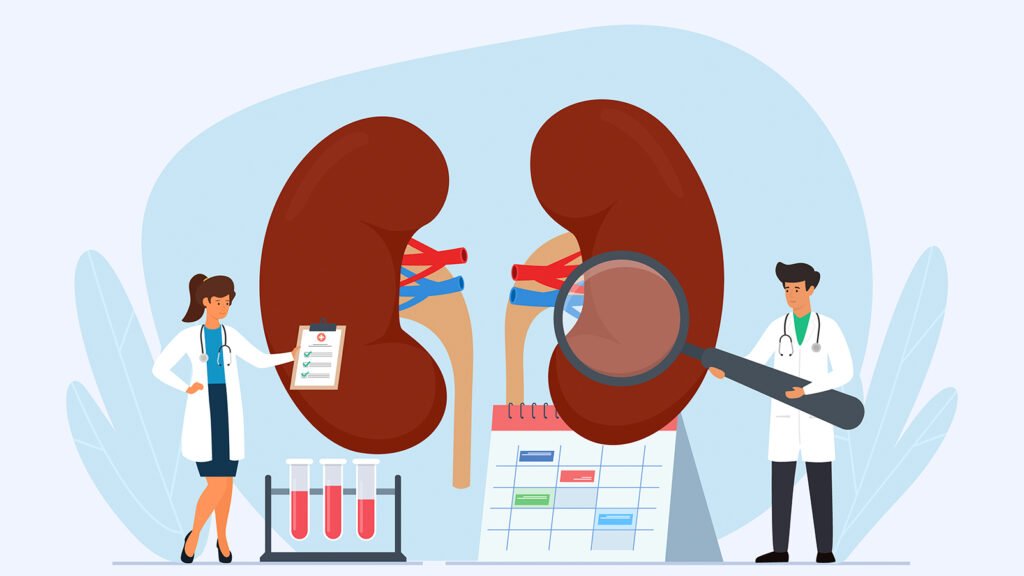
Post-Liver transplant care: What to expect
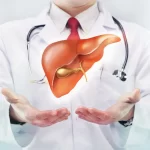

Preparing for liver transplant surgery
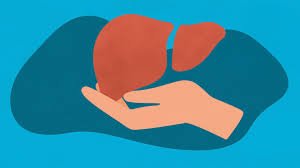
Who is a candidate for liver transplant?
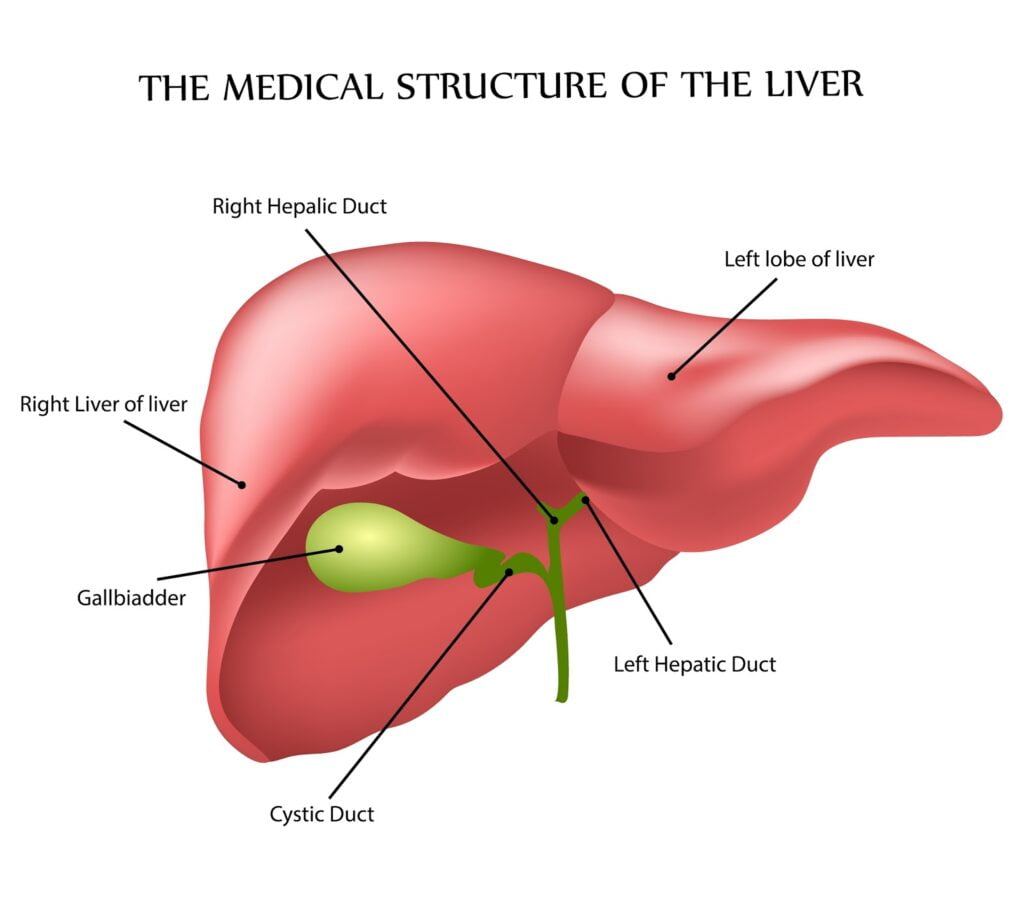
Understanding the liver and its functions
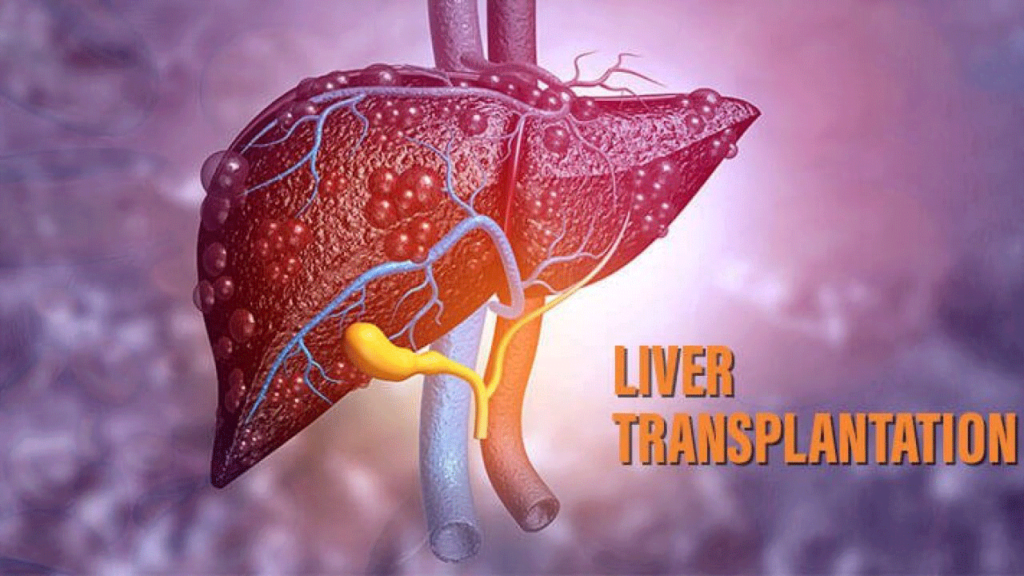

The role of music therapy in bone marrow transplant recovery

Suggested Blogs
No related posts found.

